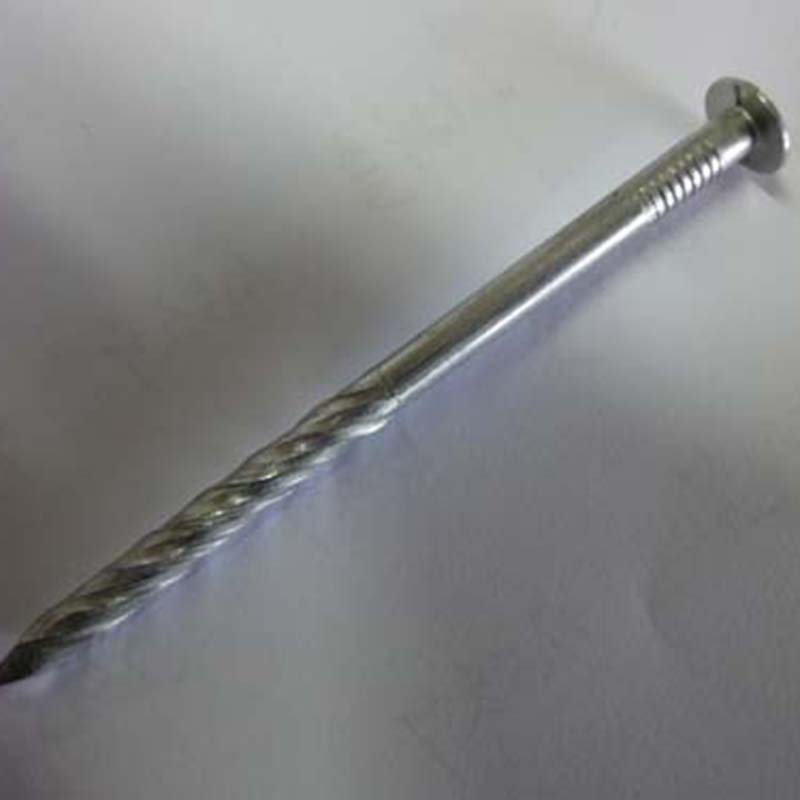When it comes to value, usability and style, there are a few important distinctions.
By Heather MacMullin Updated June 15, 2023 Weld Mesh Cage

Always among the gold standards for kitchen equipment, cast-iron cookware is enjoying a surge in popularity. Cast-iron skillets, pans and Dutch ovens are must-have kitchen items for any serious home cook, rare vintage skillets are going for as much as $2,000 on eBay, and the internet is on fire with questions about how to properly use and care for them. Questions like: Is it better than non-stick? (In some cases, yes.) Should I throw it away if there’s rust on it? (Absolutely not.) And more.
But not all cast iron is the same, and the surge of availability in cast iron means it’s time to address another popular question:
Vitreous enamel (glass particles that are fused to an underlying layer with intense heat) creates a non-porous finish that protects the core material of your pot or pan. It’s a great heat conductor, washes easily, won’t rust, can cook anything a standard cast iron pan can and more (ahem, tomato sauce). And—bonus—it comes in a variety of stylish colours (cult favourite Le Creuset has many colourful options).
Le Creuset’s Dutch oven in the colour Blueberry. (Photo: Le Creuset)
As noted above, it won’t rust, can be washed with as much soap as desired, and won’t retain strong aromas (like garlic or onion) in the seasoning like regular cast iron is known to do. Caveat: it’s not non-stick, like a well-seasoned cast-iron skillet can be. It also has temperature limitations: it’s not recommended for use over open fire (while standard cast-iron is a campfire classic), heating one while empty can crack or damage the enamel, and temperature recommendations for oven use are mixed from brand to brand. (Le Creuset Dutch ovens have a recommended 480F maximum in the oven, though removing the knob as some sites suggest can up this to any temperature—so unless you’re regularly making sourdough at 500 degrees like me, it may not affect your day-to-day cooking).
Seasoned cast iron is extraordinarily durable (seasoning is fat polymerization, where oils and fats transform at high heat, bonding to the pan as a non-stick film). It doesn’t have the same issues with fire or oven temperature (although prolonged high heat can damage your seasoning). It’s not invincible, however. Rust is common with poor care, and all cast iron is susceptible to breakage when exposed to dramatic temperature changes (so no running cold water over a hot pan or pot).
Is more expensive, but affordable options are widely available. (High-quality enamel Dutch ovens are a great investment piece with lasting power, but prices often start at a few hundred dollars.)
Is significantly cheaper. A good quality, 5-quart cast-iron Dutch oven can be found for under $100, while skillets can be purchased for as little $20.
Comes in a variety of gorgeous colours and styles to suit any kitchen. If you love colour, they’re both a beautiful and practical piece to own.
Is pretty much, well, cast iron. It’s a classic, affordable style that’s similar in design from brand to brand. But there are artisanal cast-iron skillets and lighter-weight, hand-cast versions on the market to invest in (expect quality and gorgeous design, but not bargain prices).
An affordable 10-inch cast-iron skillet is great place to start if you’re new to cast iron. Lodge 10-inch cast-iron skillet, from $54.
One of each. (Kidding!) A plain, 10-inch cast-iron skillet is classic tool for use in every kitchen. It can do all kinds of jobs, and once seasoned, is pretty easy to work with. Enameled Dutch ovens are ideal for many things, including braises, stews and sauces, but not necessary to outfit a beginner kitchen. If you love to cook, saving up for a high quality Dutch oven (like I am) that will last forever is a great plan.
This article was originally published in 2018; updated in 2023.

Rolled Welded Wire Fencing While the products in this piece have been independently chosen by our editors, this article contains affiliate links, so we may earn a small commission when you make a purchase through links on our site at no additional cost to you.
